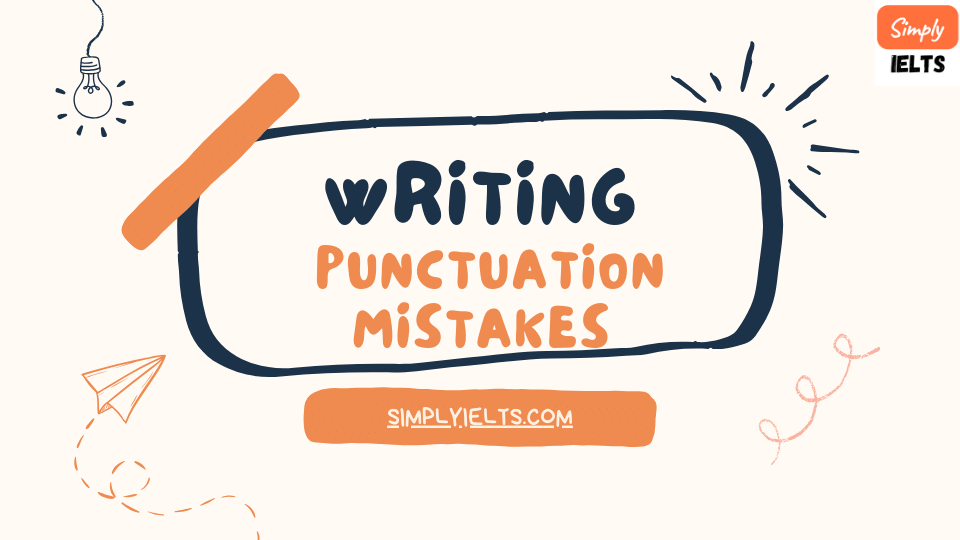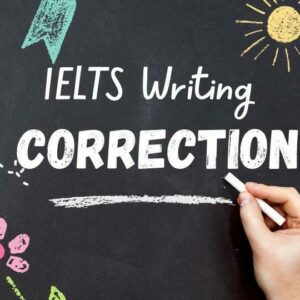
Punctuation Perfection: Avoiding Common Mistakes for Clearer Writing
Punctuation: those tiny marks that can make a world of difference in your writing. A well-placed comma can guide your reader, while a misplaced one can cause confusion. This week, we’ll embark on a journey to becoming punctuation ninjas, tackling some of the most common mistakes and ensuring your writing is clear, polished, and error-free!
The Comma Chameleon: Master of Many Roles, But Prone to Misuse
The comma is a versatile punctuation mark, but its flexibility can sometimes lead to confusion. Here are a few common comma mistakes to watch out for:
- Comma Splice: This occurs when you join two independent clauses with only a comma, creating a run-on sentence.
- Incorrect: I went to the store, it was out of milk.
- Correct: I went to the store, but it was out of milk. (Fixed with a coordinating conjunction “but”)
- Correct: I went to the store. It was out of milk. (Fixed with a full stop to create two separate sentences)
- Missing Comma in a Series: When listing items in a series, separate them with commas, except for the last two items joined by “and” or “or.”
- Incorrect: I bought apples bananas and oranges.
- Correct: I bought apples, bananas, and oranges.
- Nonessential Introductory Phrases: Introductory phrases such as “however,” “therefore,” or “in fact” need a comma following them if they come at the beginning of a sentence.
- Incorrect: However I don’t agree with your opinion.
- Correct: However, I don’t agree with your opinion.
The Semicolon: More Than Just a Comma on Steroids!
The semicolon is often misused as a stronger comma. Here’s the proper way to use it:
- Joining Independent Clauses: Use a semicolon to join two independent clauses that are closely related in thought.
- Example: The storm raged outside; the windows rattled ominously.
- Lists with Internal Commas: If your list items already contain commas within them, use semicolons to separate them.
- Example: The ingredients for this recipe include: apples, pears, and bananas; flour, sugar, and cinnamon; and a pinch of nutmeg.
Sharpening Your Punctuation Skills:
Here are some tips to become a punctuation pro:
- Read your writing aloud: This can help you identify awkward phrasing or missing punctuation.
- Use online grammar checkers: These tools can be helpful for catching basic punctuation errors, but always double-check their suggestions.
- Consult a style guide: Different styles (e.g., APA, MLA) have specific punctuation guidelines. If you’re writing for a specific purpose, refer to the appropriate style guide.
Remember:
Mastering punctuation is about more than just following rules. It’s about using punctuation strategically to enhance clarity and ensure your message is understood exactly as you intend. So, keep practicing, and soon you’ll be a punctuation ninja, wielding commas, semicolons, and other marks with precision and confidence! Stay tuned for next week, where we’ll explore the fascinating world of essay writing, guiding you through the process of crafting clear and compelling essays.





Responses